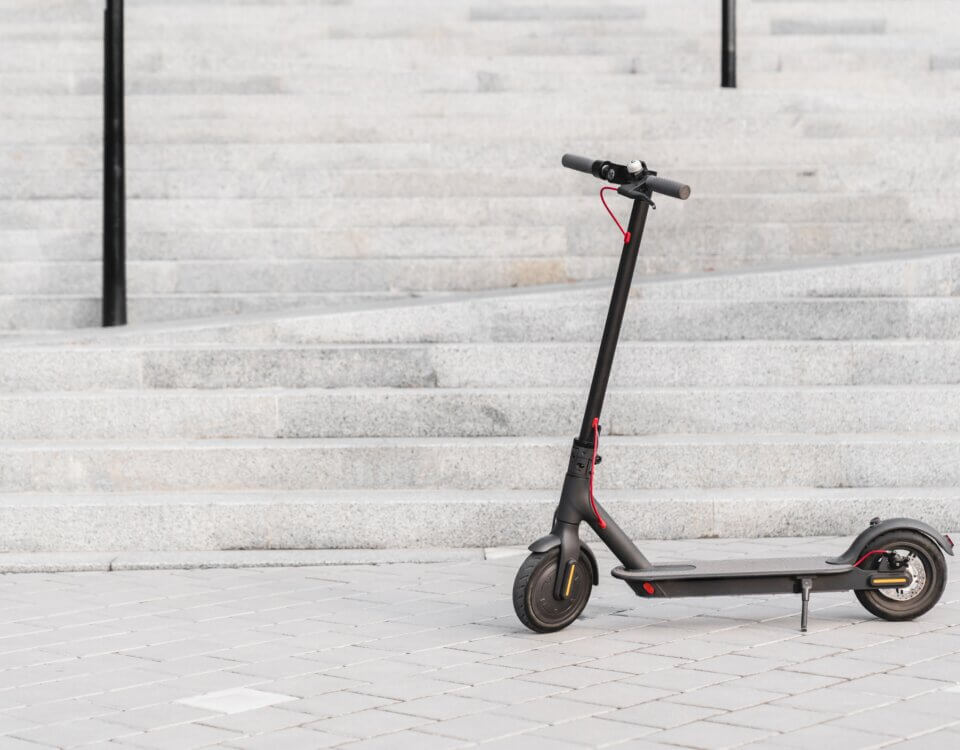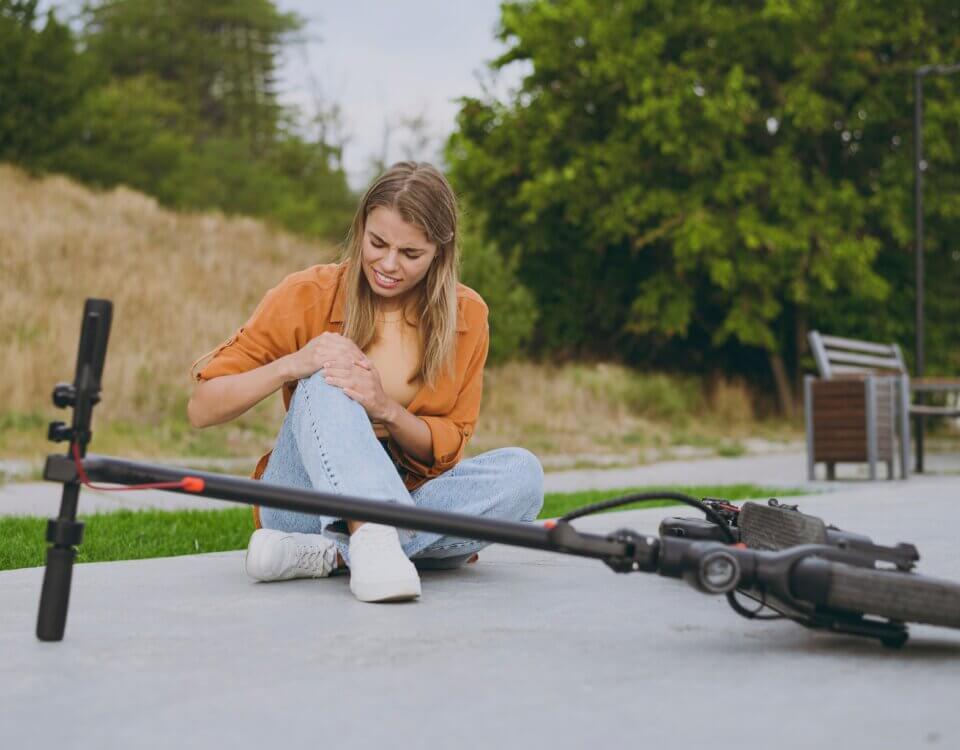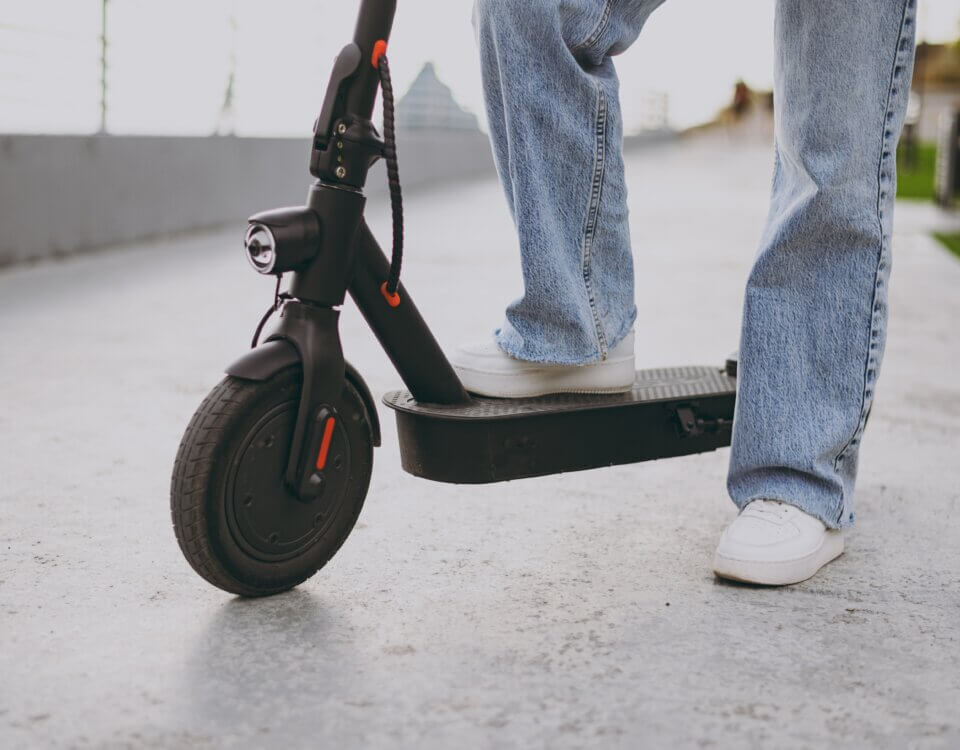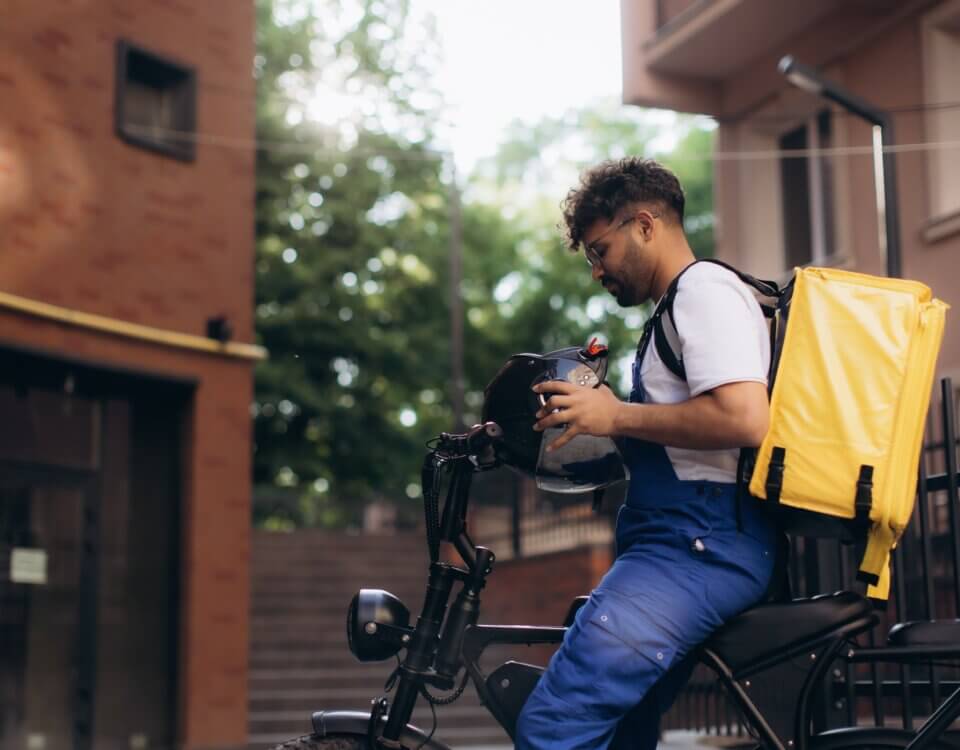Bicycle crashes can occur at any time, but certain periods are significantly more hazardous. Understanding when these accidents happen is vital for both prevention and legal strategy.
Evening Risks Are Highest
The most fatal bicycle accidents occur during evening hours, from 6 p.m. to 8:59 p.m., accounting for around 21 percent of all deaths. This trend is common both on weekdays and weekends. On weekdays, the highest fatal crash rate often occurs slightly earlier, between 3 p.m. and 5:59 p.m., followed closely by the evening peak.
Weekends See a Later Shift
During weekends, the danger window shifts later into the night. Fatalities peak between 9 p.m. and 11:59 p.m., with nearly one quarter of deaths occurring during this time. The 6 p.m. to 8:59 p.m. period also remains high at about 23 percent of fatal crashes.
Seasonal Variations Play a Role
The timing of bicycle fatalities changes with the seasons. In winter, about 30 percent of deaths occur between 6 p.m. and 8:59 p.m., with another 19 percent happening from 3 p.m. to 5:59 p.m. In spring, crashes peak later in the evening, with 22 percent occurring between 9 p.m. and 11:59 p.m., while 15 percent occur between 6 p.m. and 8:59 p.m. Summer follows a similar late evening pattern, with 21 percent of fatal crashes between 9 p.m. and 11:59 p.m. and 19 percent between 3 p.m. and 5:59 p.m. In fall, 23 percent of fatalities happen from 6 p.m. to 8:59 p.m., with 16 percent later at night.
Why These Times Are Especially Dangerous
Several factors contribute to these high risk periods. Low light conditions after sunset reduce visibility and make it harder for drivers to see cyclists. Rush hour traffic in the late afternoon and early evening increases congestion and the chance of collisions. Late night hours also bring higher risks of impaired, drowsy, or speeding drivers sharing the road with bicyclists.
Urban Settings Amplify the Danger
Most bicycle fatalities occur in urban areas, often on roads without dedicated bike lanes. Heavier traffic, more intersections, and limited space create additional hazards for cyclists, especially during evening hours.
Why This Matters
Understanding when bicycle accidents are most likely to happen helps riders and drivers take extra precautions. By knowing the riskiest times of day and seasons, cyclists can make safer decisions, and drivers can stay more alert. This awareness can reduce accidents and help ensure accountability when crashes do occur.
Note: These blog posts are created solely for the use of Hillstone Law. The information is gathered from internet research, publicly available sources, and artificial intelligence (AI) tools such as ChatGPT. While we aim to share helpful and educational content, Hillstone Law does not independently verify every detail. Some information may be incomplete, outdated, or subject to change without notice. If you believe any part of a post is inaccurate, misleading, or infringes upon copyright, please contact Hillstone Law immediately so we can review it and take appropriate action, including correction or removal.
Disclaimer: The material provided in these blogs is for general informational purposes only and should not be considered legal advice. Reading these posts does not create, and is not intended to create, an attorney-client relationship with Hillstone Law. Our intent is to share knowledge, raise awareness, and provide helpful resources to the public; however, Hillstone Law makes no warranties or guarantees about the accuracy, completeness, or reliability of the information provided, and expressly disclaims liability for any actions taken in reliance on it. The photos used in these posts are for illustrative purposes only and do not depict actual clients, individuals, or incidents unless expressly stated. If you or a loved one has been injured in an accident, please contact Hillstone Law at (855) 691-1691. Our attorneys are available to answer your legal questions and help you understand your rights.







